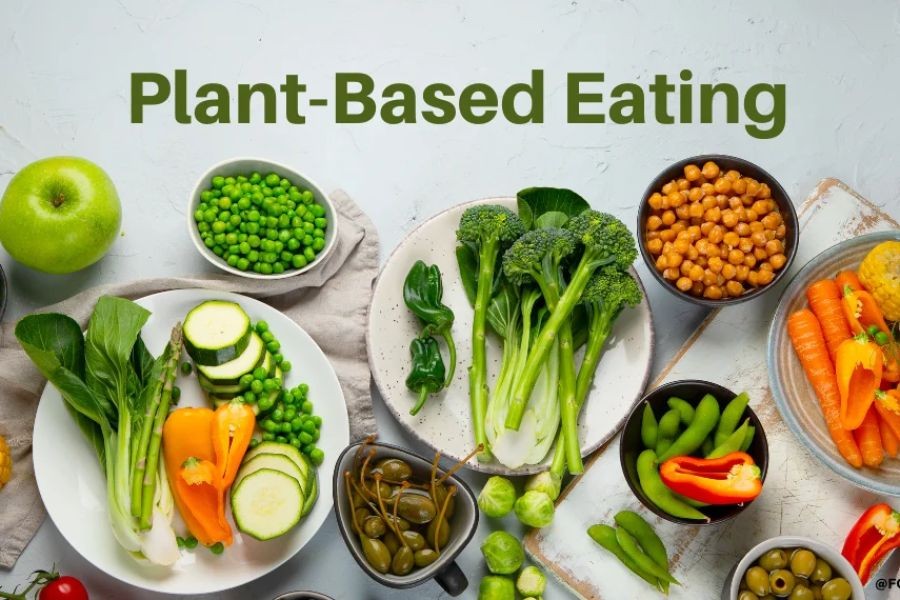Fast food is a ubiquitous part of Australian life, with the industry generating billions annually. However, beneath the surface of this culinary convenience lies a shocking truth about the ingredients used in these meals. As venture capitalists eye opportunities in the food sector, understanding the intricate details of fast food ingredients becomes crucial. This article unravels the complex tapestry of fast food ingredients in Australia, backed by data, real-world examples, and regulatory insights to provide a comprehensive analysis for the discerning investor.
The Ingredient Intricacies: A Deep Dive
In Australia, the fast food industry is a significant contributor to the economy, with a market size of approximately AUD 20 billion as of 2023. However, the ingredients that fuel this sector are often less scrutinized. According to a study by the Australian Bureau of Statistics (ABS), the average Australian consumes over 3 kg of additives annually, many of which are prevalent in fast food.
Case Study: The Rise of Health-Conscious Chains
One illustrative example is Grill’d, an Australian fast-food chain that has successfully tapped into the growing demand for healthier alternatives. Grill’d focuses on using high-quality, locally sourced ingredients, such as grass-fed beef and wholemeal buns, positioning itself as a healthier option amidst traditional fast food giants.
Problem: Traditional fast-food chains often rely on additives to enhance flavor and extend shelf life, raising health concerns among consumers.
Action: Grill’d introduced a menu with transparent ingredient sourcing, emphasizing fresh, locally sourced produce.
Result: Grill’d experienced a 25% increase in sales over two years, capitalizing on the health-conscious trend.
Takeaway: The success of Grill’d underscores the potential for ventures that prioritize ingredient transparency and quality, aligning with consumer health trends.
Regulatory Insights: Navigating the ACCC and Food Standards Australia New Zealand (FSANZ)
The regulatory landscape in Australia plays a pivotal role in shaping the fast food industry. The Australian Competition & Consumer Commission (ACCC) and Food Standards Australia New Zealand (FSANZ) enforce strict guidelines on food labeling and ingredient disclosure. These regulations ensure that consumers are informed about the nutritional content and additives present in fast food.
In 2022, FSANZ introduced new guidelines requiring clearer labeling of trans fats, a common ingredient in many fast food items. This regulatory shift has prompted several fast-food chains to reformulate their recipes to reduce unhealthy fats, aligning with public health initiatives.
Comparative Analysis: Global Trends vs. Local Dynamics
Globally, fast food chains are increasingly adopting plant-based alternatives, driven by consumer demand for sustainable and ethical eating options. In Australia, this trend is mirrored by the rise of chains like Zambrero, which offers plant-based options alongside traditional offerings.
According to a report by Deloitte, plant-based fast food options are projected to grow at a compound annual growth rate (CAGR) of 8% globally. In Australia, this figure is slightly higher, with a CAGR of 10%, reflecting the nation's strong appetite for healthier and sustainable food choices.
Pros vs. Cons of Fast Food Ingredients
✅ Pros:
- Convenience: Fast food provides quick and easy meal solutions for busy lifestyles.
- Economic Contribution: The industry supports thousands of jobs and contributes significantly to the Australian economy.
- Innovation: The sector constantly evolves, with new flavors and menu items emerging regularly.
❌ Cons:
- Health Concerns: High levels of salt, sugar, and unhealthy fats can lead to health issues such as obesity and heart disease.
- Environmental Impact: Fast food production is resource-intensive, contributing to environmental degradation.
- Regulatory Challenges: Navigating strict food safety and labeling regulations can be costly and complex for businesses.
Common Myths & Mistakes
While fast food is often criticized for its nutritional shortcomings, several myths persist regarding its ingredients.
Myth: "All fast food is unhealthy."
Reality: Health-focused chains like Grill’d and Zambrero offer nutritious options that cater to health-conscious consumers.
Myth: "Fast food ingredients are the same worldwide."
Reality: Ingredient sourcing varies significantly by region, influenced by local regulations and consumer preferences.
Myth: "Fast food is cheaper than home-cooked meals."
Reality: While fast food offers convenience, the cumulative cost can exceed that of preparing meals at home, especially when considering health-related expenses.
Future Trends & Predictions
Looking ahead, the fast food industry in Australia is poised for transformation. By 2030, it is predicted that at least 40% of fast-food chains will incorporate plant-based options, driven by consumer demand and environmental considerations. Additionally, advancements in food technology, such as lab-grown meat, are expected to redefine ingredient sourcing, offering sustainable alternatives to traditional meat products.
Moreover, as digital ordering and delivery services expand, fast food chains will increasingly leverage data analytics to tailor menus and enhance customer experiences, further personalizing the fast food landscape.
Conclusion
In conclusion, the fast food industry in Australia is at a pivotal juncture, with ingredient transparency and quality becoming key differentiators. For investors, understanding these dynamics offers a strategic advantage in identifying opportunities that align with evolving consumer preferences and regulatory frameworks.
What are your thoughts on the future of fast food in Australia? Share your insights and join the conversation below!
Related Search Queries
- Australian fast food industry trends
- Health implications of fast food ingredients
- Regulations on fast food in Australia
- Plant-based fast food options in Australia
- Environmental impact of fast food































Elevate CareNP
16 days ago